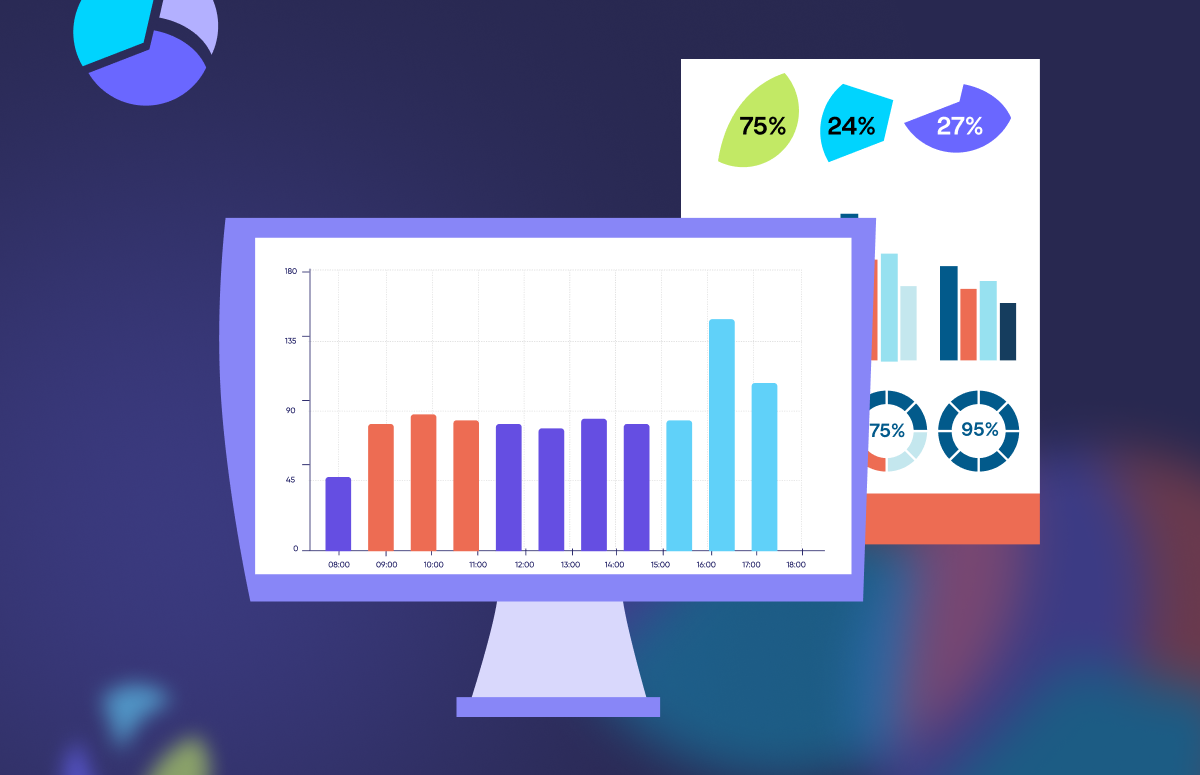Sales Funnel Leakage: How to Prevent and Fix It?
5 steps for fixing a leaky sales funnel:
Your sales pipeline is like a plumbing system of pipes, valves, and faucets meant to allow water (or leads) to flow smoothly and unobstructed.
Sales funnel leakage occurs when there are cracks, holes, or inefficiencies in the pipes and valves, causing leads to escape or drip away before reaching conversion or a closed sale.
Sadly, leaky funnels represent wasted spend. And every lost lead represents a missed opportunity for revenue generation.
And while market conditions appear to be improving, no company can afford to throw leads away, lost and unworked, or worse — tossed to a competitor.
In this article, Kim Peterson from LeanData, shares her deep knowledge of revenue processes to identify sources of lead leakage and practical ways to plug up the holes and nurture leads to a successful close.
1. Enrich your CRM data
When it comes to collecting leads and their segmentation, your sales team relies on internal and external lead data sources. The bigger the organisation, the more challenging it is to ensure data hygiene and stop lead leakage.
Any inaccuracies or gaps in your CRM data distort your understanding of customer segments and lead personas.
The best way to fix a sales funnel leakage is to refresh and enrich your CRM records with third-party data providers like Cognism.
With Cognism enrich features, you can:
- Instantly enhance your historical CRM records.
- Enrich new data entering your CRM, i.e. to fill in incomplete data fields
- Schedule an enrichment job, i.e. for ABM campaigns.
- Enrich a specific contact list, i.e. to revive an old campaign.
Cognism Enrich easily integrates with your existing tech stack (Salesforce, HubSpot, Pipedrive, Microsoft Dynamics, Outreach, and SalesLoft) to streamline data provision and improve the timeliness of data delivery.
2000+ companies trust Cognism as their data provider👇


2. Audit and improve lead routing processes
Sales funnel leakage is closely tied to your lead routing practices, the processes used to distribute leads to your Sales team.
Therefore, to prevent lead leakage, you need a clear understanding of your lead lifecycle. Map out the touch points where your people, processes, and technology interact with a lead. Then, with this map as a guide, look at the flows and data management processes that govern lead routing.
In regards to technology, start by auditing:
- Lead assignment rules.
- Round-robin rules.
- Debugging code related to lead assignment.
Some lead routing automation platforms offer audit logs that detail why a particular lead is routed a certain way. The best audit logs show the outcomes that went into each decision that sent a record down a specific path.
With regular lead auditing, you can retrieve leads from the proverbial black hole.
3. Implement lead management
Another way to keep lead leakage at bay is through solid lead management practices. Developing a lead management strategy involves creating a holistic, end-to-end process across all revenue teams: Marketing, Sales and Customer Success.
When forming a solid lead management strategy, consider the following questions:
- Where are your leads coming from?
- How are you capturing the leads?
- How will you qualify leads?
- How are you nurturing leads?
- How will you distribute leads?
- What technology will you use to support your lead management processes?
- How will you measure success and make adjustments?
Companies that consistently follow a lead management strategy optimise their sales pipeline and maximise the conversion of leads into loyal customers.
4. Align sales and marketing
Aligning sales and marketing is a to-do list item that never goes out of style. The teams need to agree on the criteria to elevate a lead to a qualified status.
Next, standardise nurture and outreach processes among both functions for a modern sales funnel.
Last, operating under the same metrics makes all reporting dashboards transparent and easily accessible.
With standardised sales and marketing processes, you will more easily identify where lead leakage is happening in the funnel. It allows you to deploy the right corrective actions.
For example, if you have poor landing page conversion, this requires a much different fix than demo requests that were not followed up on in a timely manner.
5. Follow up with and nurture leads
Not every prospect who visits your website downloads some content or attends your webinar is ready to buy. So, use your tools to properly nurture leads. It involves developing and distributing the right content to each lead persona group until they reach a qualified status.
Once qualified, marketing can then hand off sales-ready leads to sellers who are confident there is an appropriate level of buying intent. Of course, not every lead will end up converting or purchasing — wouldn’t that be nice?
Don’t neglect to get feedback from sales to determine if a lead should be brought back into the marketable database for re-nurturing and perhaps re-qualifying at some point down the road.
What causes a leaky sales funnel?
Like that ageing pipe behind sheetrock, lead leakage is often hidden in your CRM data and manual processes.
You’ll know your lead management processes are breaking down when:
- Leads have inaccurate or incomplete data.
- Leads are assigned to inactive users in your CRM.
- Leads get stuck sitting in queues.
- Leads are assigned to employees on vacation or on other personal leave.
Another telltale sign is the grumblings you hear from your Sales team. You’ve got leakage on your hands if sales reps:
- Regularly receive leads outside their territory or segment
- Respond several days after a prospect submits a request
- Have no insight into the actions a lead took.
The good news is that you can fix a leaky funnel with the help of tools like Cognism or LeadData.
Closing thoughts
- Lead leakage is an unnecessary loss of potential revenue primarily due to inefficiencies.
- As you work toward a solution, realise that lead leakage is not merely about plugging holes.
- Getting a handle on this critical issue requires a comprehensive strategy encompassing technology, processes, and people.
- Use this five-step roadmap to transform your leaky pipeline into a streamlined conduit of growth.
Like what you’ve read?
Check out our guide to 35 funnel fixes that doubled our MQL to Opp rate, a library of pipeline tactics from 12 industry experts and 4 coaching videos to remedy problems from MQL to expansion. 👇



